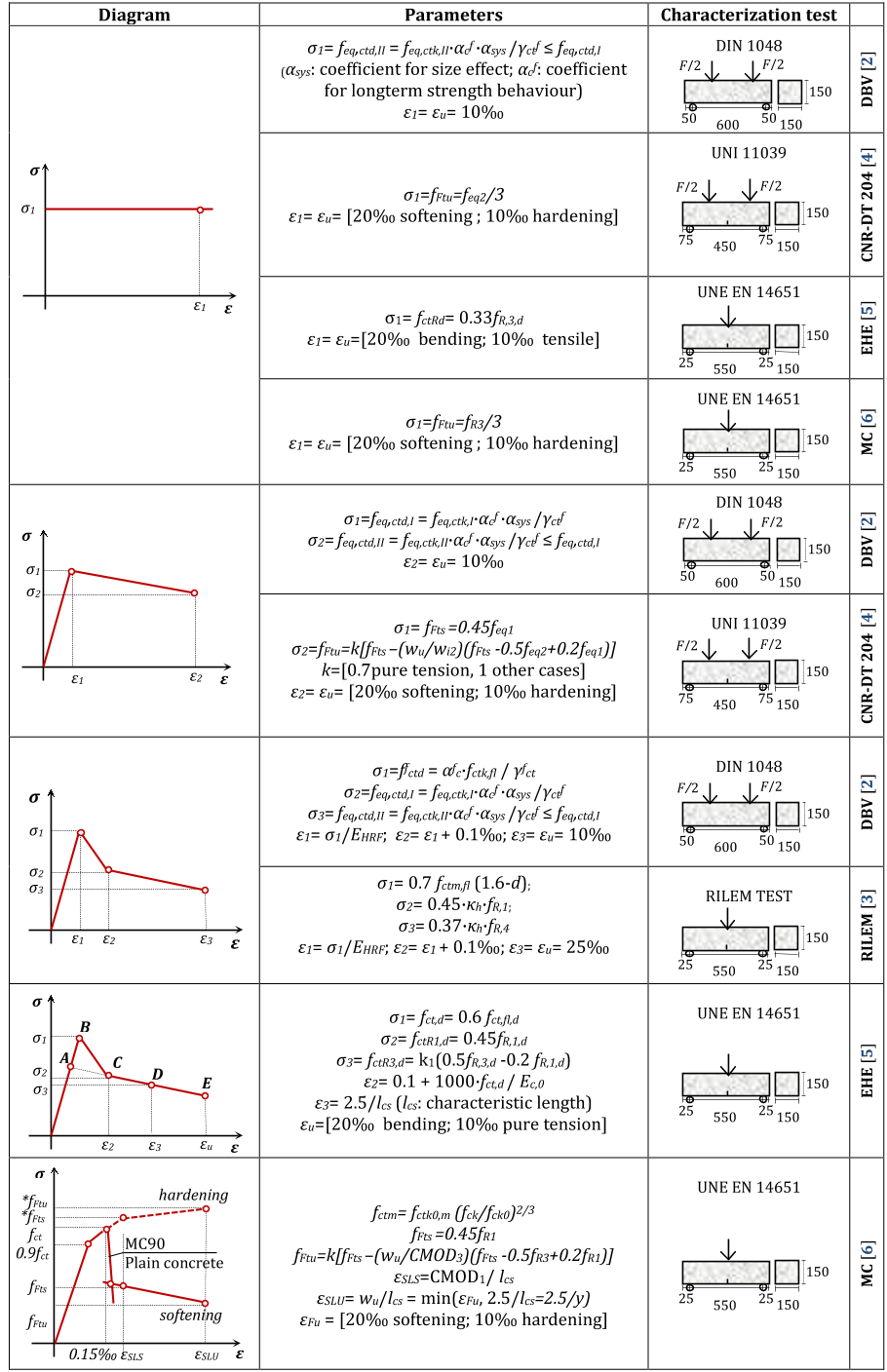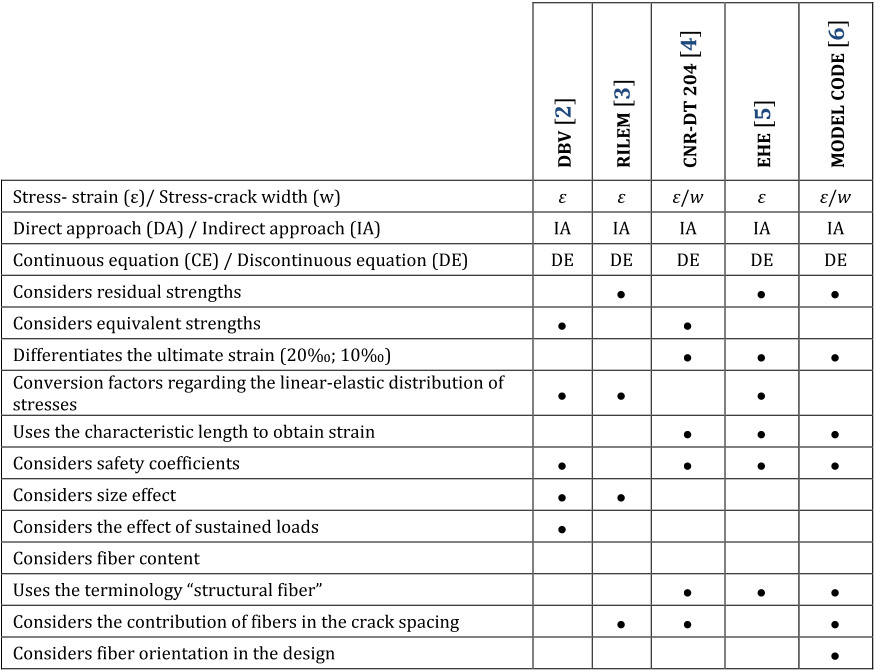Q1. What have the authors contributed in "Application of constitutive models in european codes to rc-frc" ?
In this study, these models are compared and a numerical simulation is performed to evaluate their differences in terms of the structural behavior predicted and measured in an experimental program of RC-FRC elements. The predictions provided by the models fit satisfactorily the experimental results for elements with steel fibers and with plastic fibers





